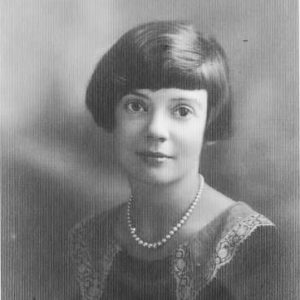 Dorothy Yarnell Barton
Dorothy Yarnell Barton
Race and Ethnicity: White
 Dorothy Yarnell Barton
Dorothy Yarnell Barton
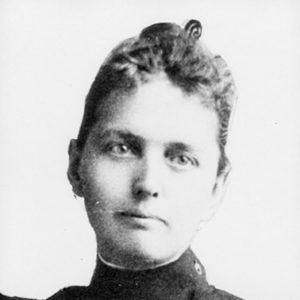 Love Barton
Love Barton
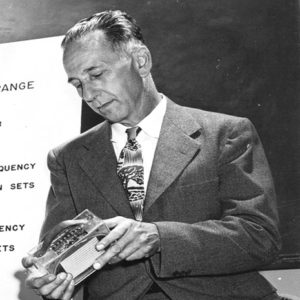 Loy Barton
Loy Barton
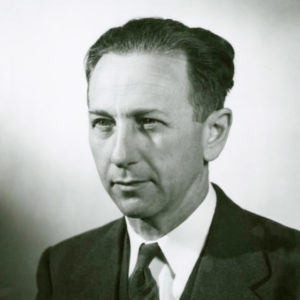 Loy Barton
Loy Barton
Barton, Loy
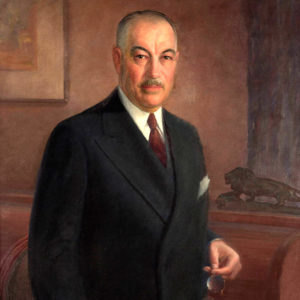 T. H. Barton
T. H. Barton
 T. H. Barton
T. H. Barton
Barton, Thomas Harry
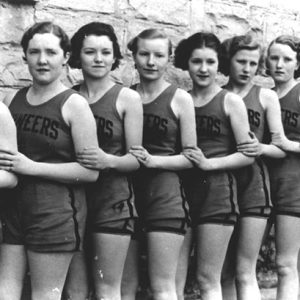 Batesville Pioneers
Batesville Pioneers
 Raymond H. Bass
Raymond H. Bass
Bass, Raymond Henry
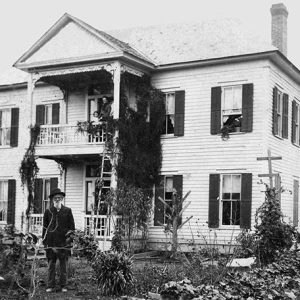 Sim Bateman
Sim Bateman
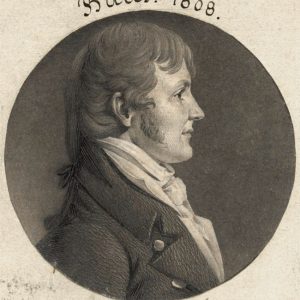 James W. Bates
James W. Bates
Bates, James Woodson
Bates, Joseph
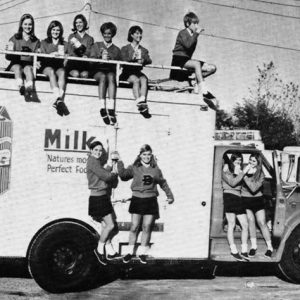 Batesville Dairy Truck and Cheerleaders
Batesville Dairy Truck and Cheerleaders
Batesville after Freeman’s Command, Expedition from
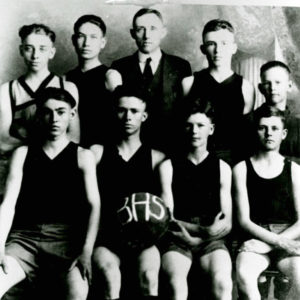 Batesville Basketball
Batesville Basketball
Batesville to Denmark, Fairview, Hitcher’s Ferry and Bush’s Ford, Scout from
Batesville to Devil’s Fork of the Little Red River, Expedition from
Batesville to Elgin, Expedition from
Batesville to near Searcy Landing, Expedition from
Batesville to West Point, Grand Glaize, Searcy Landing, etc., Scout from
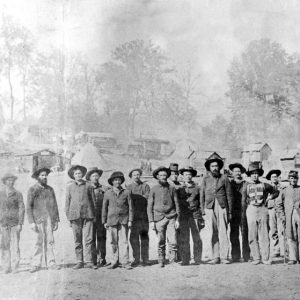 Battle of Arkansas Post Troops
Battle of Arkansas Post Troops
 Battle of the Ravine, 1922
Battle of the Ravine, 1922
 Battle of the Ravine, 2013
Battle of the Ravine, 2013
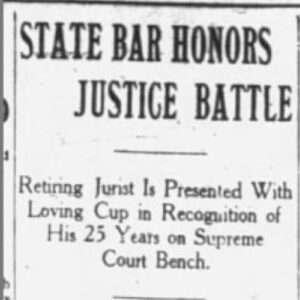 Burrill B. Battle Story
Burrill B. Battle Story
Battle, Burrill Bunn
Baucum, George Franklin
Baxter, Elisha
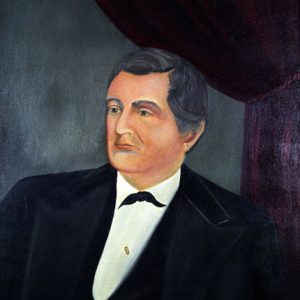 Elisha Baxter
Elisha Baxter
 William Baxter
William Baxter
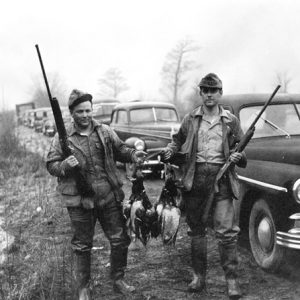 Bayou Meto Duck Hunters
Bayou Meto Duck Hunters
Bazzel, David
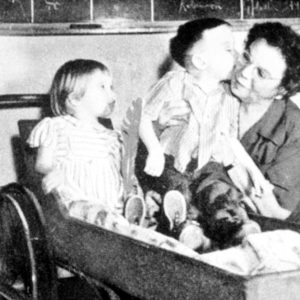 Ruth Olive Beall
Ruth Olive Beall
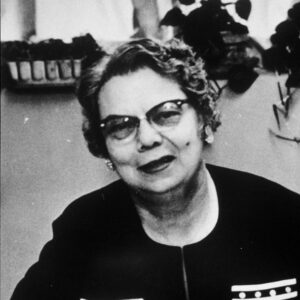 Ruth Olive Beall
Ruth Olive Beall
Beall, Ruth Olive
Beall, William Nelson Rector
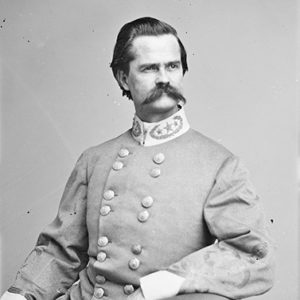 William Beall
William Beall
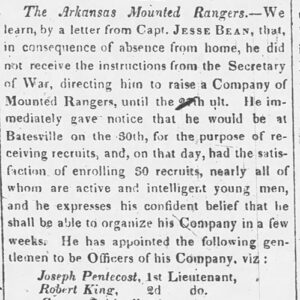 Bean's Rangers
Bean's Rangers
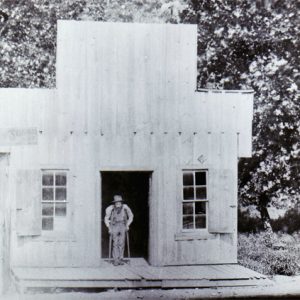 Bear Post Office
Bear Post Office
Beard, Willis (Execution of)
Bearden, Henry Eugene (Gene)
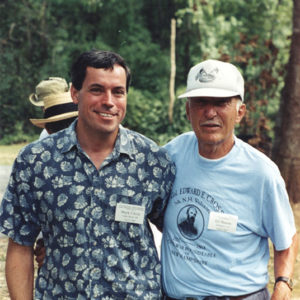 Ed Bearss with Mark Christ
Ed Bearss with Mark Christ
Bearss, Edwin Cole (Ed)
 The Beatles
The Beatles
Beatty, Morgan Mercer
 P. G. T. Beauregard
P. G. T. Beauregard
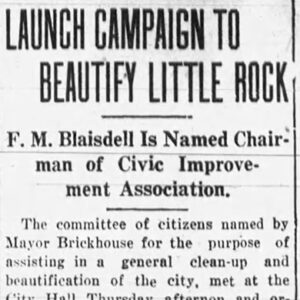 Beautify Little Rock Committee
Beautify Little Rock Committee
 Beauvoir College Students
Beauvoir College Students




